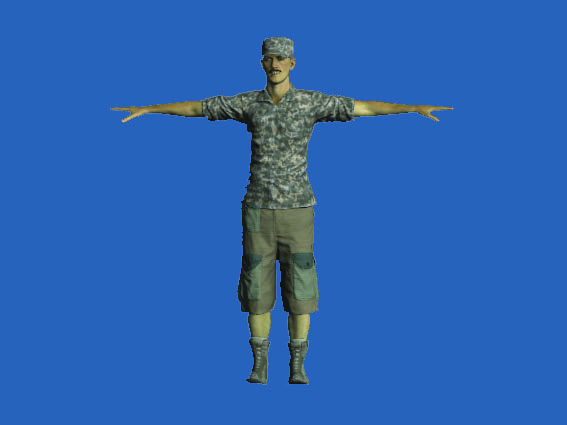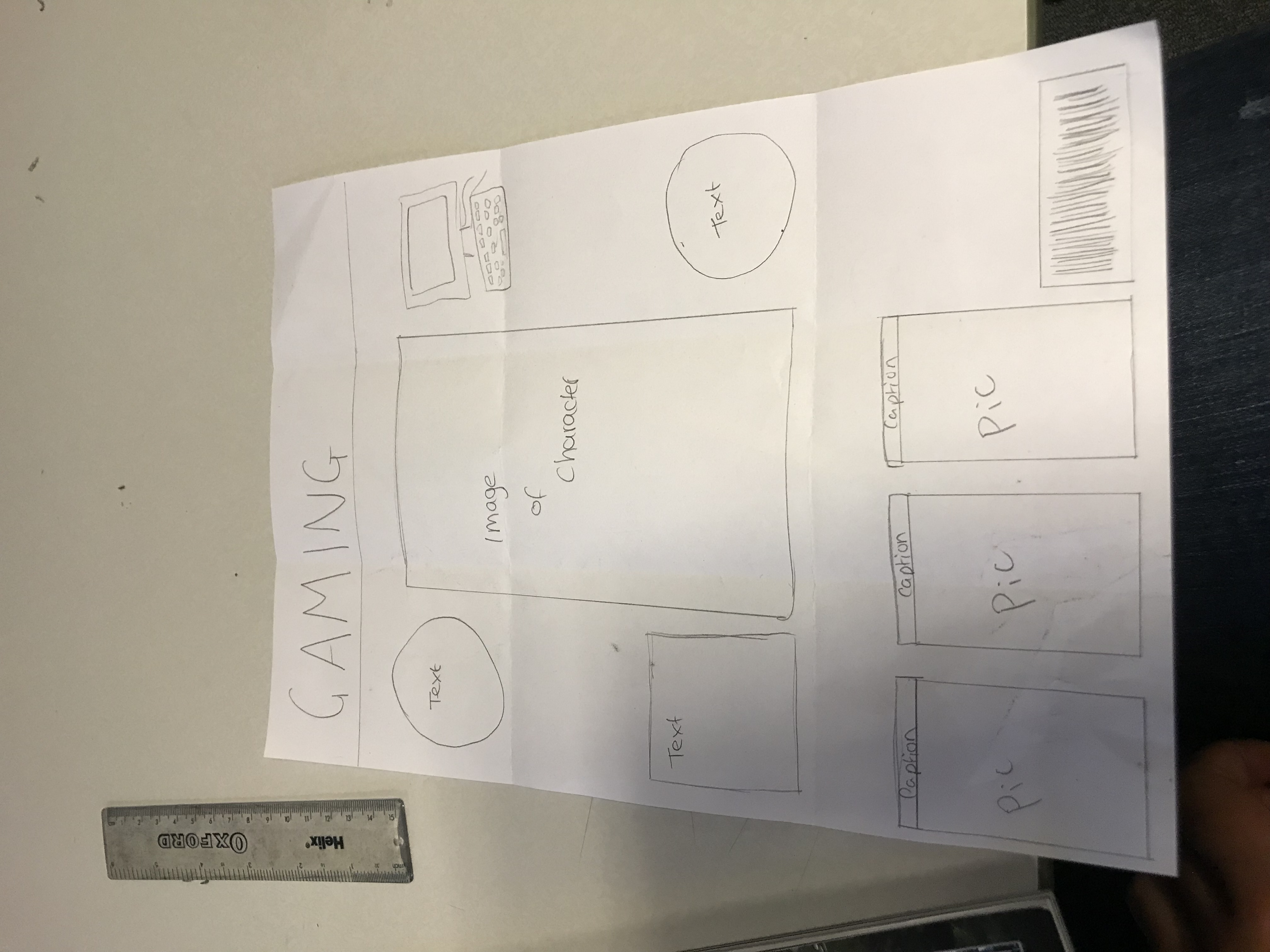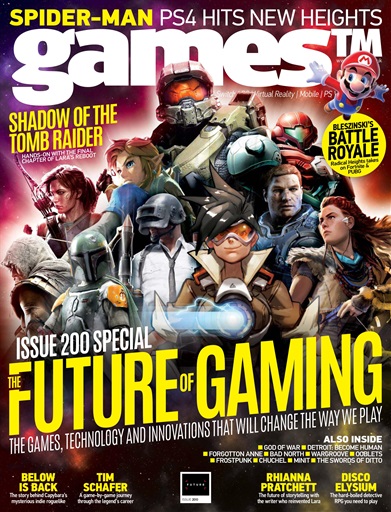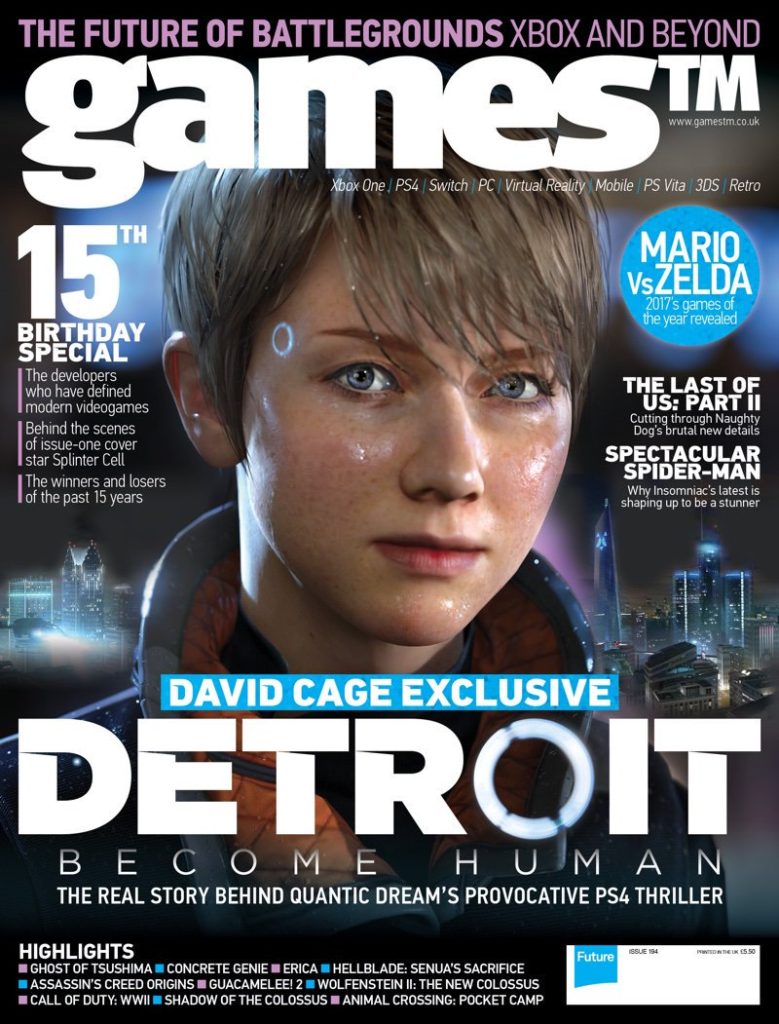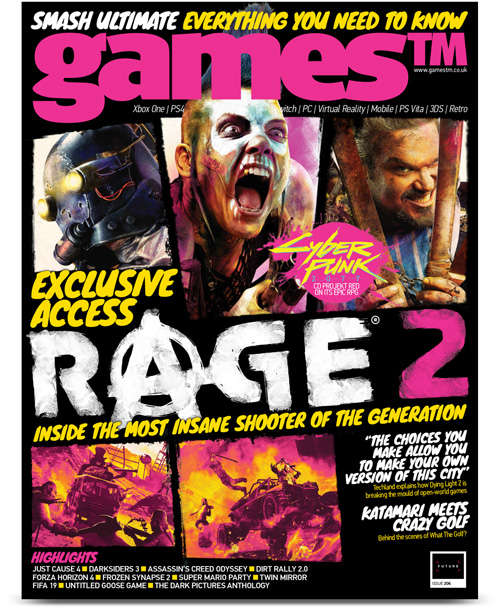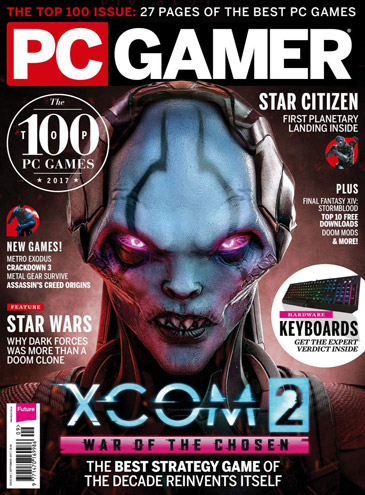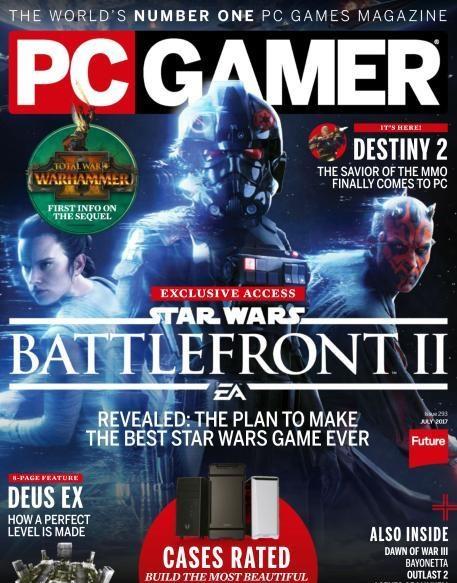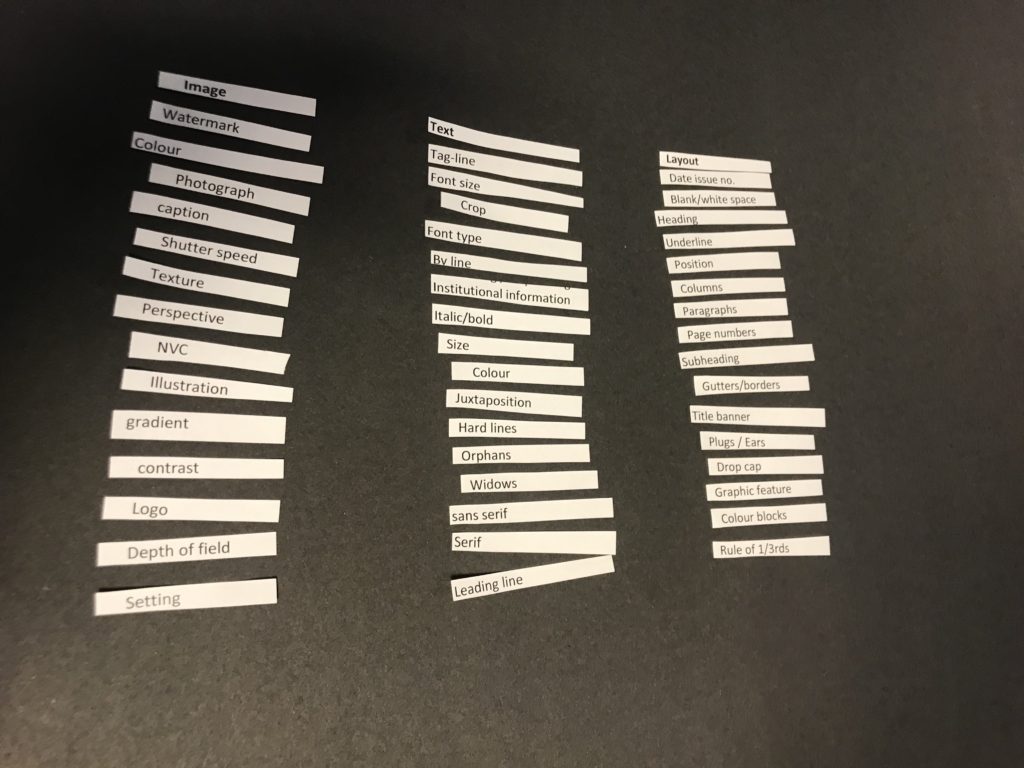
style model


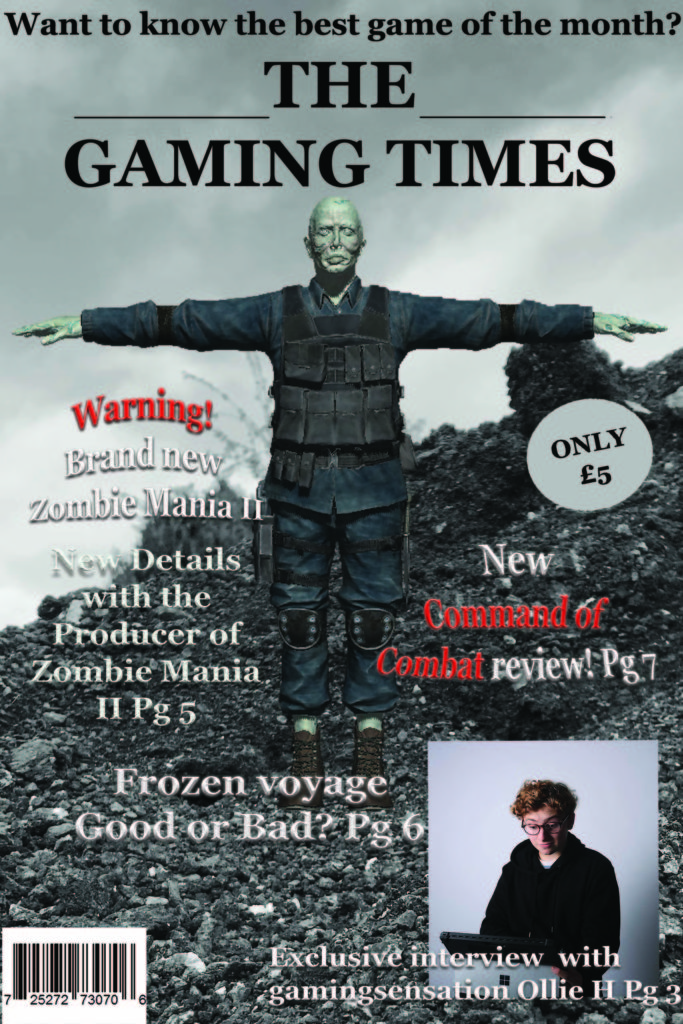
The target audience for my magazine is targeted at 13-15 years old’s who have a strong interest in gaming. They would also be in education and wouldn’t work but the parents would be middle class. The point of my magazine is to provide escapism and enjoyment for its readers, the goal is for them to want read and learn more about here favorite games.
I researched into what gaming covers look like, what games are enjoyed and the most popular types. I used a gaming cover to base my cover from by being inspired by there layout and how they had presented it to give it an overall fun look.
I decided to do my magazine on reviewing the most popular gaming icons and rating them, this would be done by a made up YouTube star. This would be a reactionary sign due to it being very common for male video gamers to bring out magazines. I used many popular gaming icons which I made on 8 bit art which captures an. audience due to there popularity. I used a black background to make the characters stand out against the dark background. I used a plugs to show the context and to make it more appealing.
Overall i think i did a good job at creating a interesting magazine cover which attracts attention and serves the purpose of providing people with the choice to escape reality.
Representation My magazine cover follows dominate ideology (reactionary) because the reviewer of the games is a male which is common for gaming magazines. My front cover is also mainly about popular game characters which is again common game idea and often used, this makes it an iconic sign as it is so recognizable.
Audience theory My audience would interpret my magazine as dominant reading as there interested in gaming, other people may view it as oppositional or negotiated but the people how buy it will enjoy gaming so they will like it.
